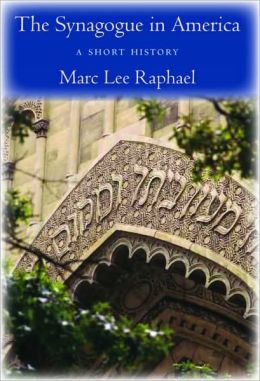Tag Archives: Orthodoxy
Rabbi David Wolkenfeld on why it’s important for committed Jewish students to be connected on-campus
“The existence of agunot is the ugliest moral scar on the face of Orthodox Judaism, bar none”
“Orthodox rabbis rarely made any comments on the events unfolding on the American scene in the 1920s or early 1930s”
…Orthodox rabbis rarely made any comments on the events unfolding on the American scene in the 1920s or early 1930s. They generally ignored race, immigration, pacifism, isolationism, the League of Nations, lynching, Sacco and Vanzetti, civil liberties, the Klan, racial segregation, industrial (textile, railroad) strikes, Einstein’s theory of relativity, modern technology, modern war, Prohibition, economic warfare, Bolshevism, political events in Europe, and the Depression. Only with the rise of the Nazis and the 1939 White Paper that drastically curtailed Jewish immigration to Palestine, did European events become part of their sermons. Instead, they talked about Torah (which, all Orthodox rabbis agreed, God had revealed verbally to Moses at Mt. Sinai), commandments (“word of God,” they all agreed), ceremonies, customs, observances, rituals, holidays, festivals, and themes associated with the calendrical events in the Jewish/Judaic year. The scientific and philosophical literature of their day was useful primarily to support the conclusions of Judaic values and beliefs.
Marc Lee Raphael, The Synagogue in America: A Short History (New York & London: New York University Press, 2011), 90.
The challenges to Orthodoxy are how to deal with its burgeoning numbers
While the other movements are engaged in soul-searching on how to deal with dwindling and aging membership in synagogues, the challenges to Orthodoxy are how to deal with its burgeoning numbers: how to cost-effectively educate the hordes of children the Orthodox are having, how to expand ever-growing synagogues, and where to establish new communities where housing costs—for large homes—are low. But from college campuses, to urban communities of singles and young couples, to suburban communities with families and empty nesters—the numbers all show that Orthodoxy is an attractive type of Judaism, one that is easily replacing any fall-off, and is actually expanding through a relatively high birthrate and an expanding professional outreach movement.
It would stand to reason that Orthodoxy’s greatest challenge—in America, Israel, and around the world—would be having too much self-confidence and sense of triumphalism.
Rabbi Asher Lopatin, “Challenges and Opportunities for a Robust Orthodox Judaism”, Conversations Issue 17 (Autumn 2013/5774), 51.
